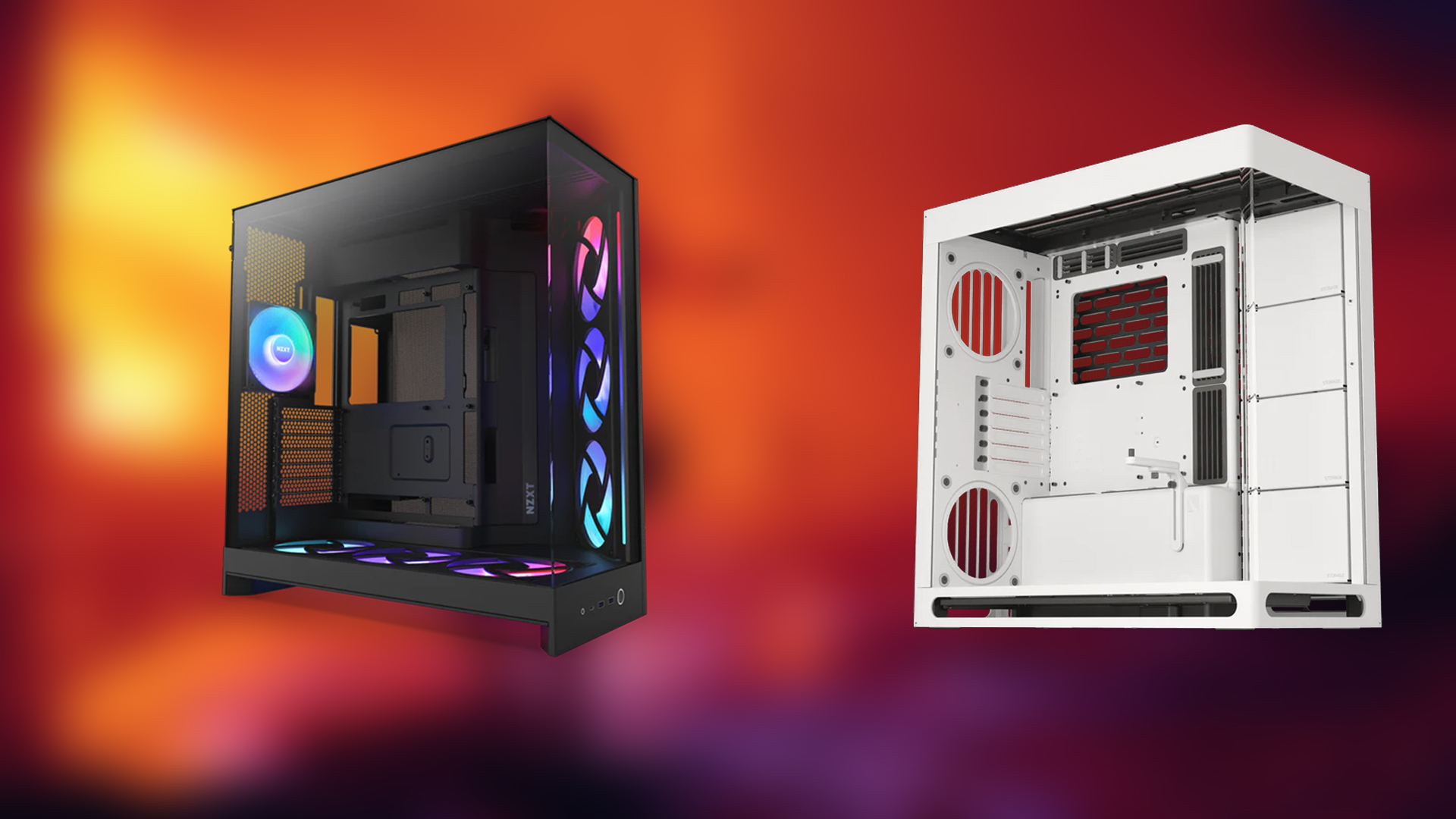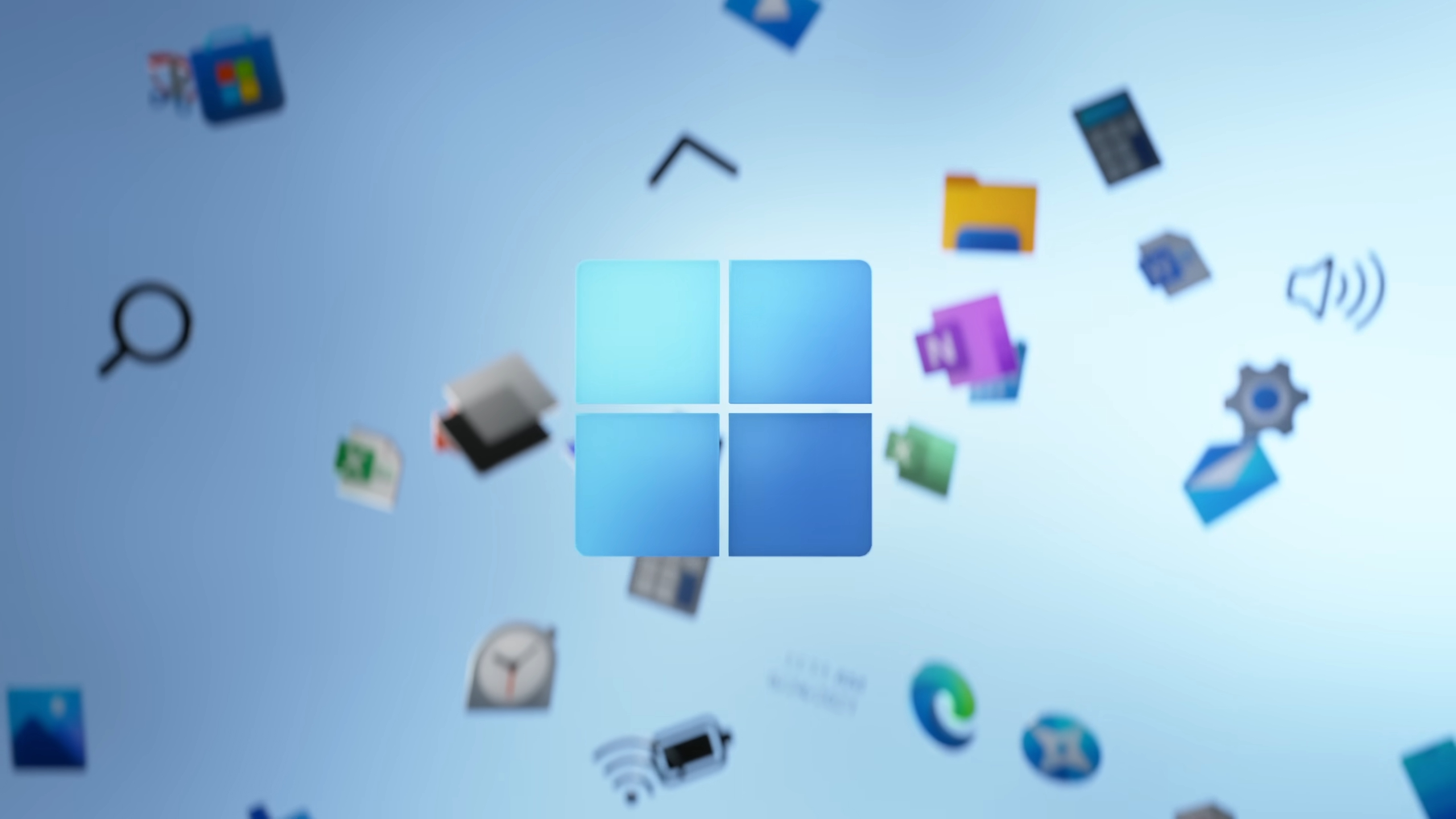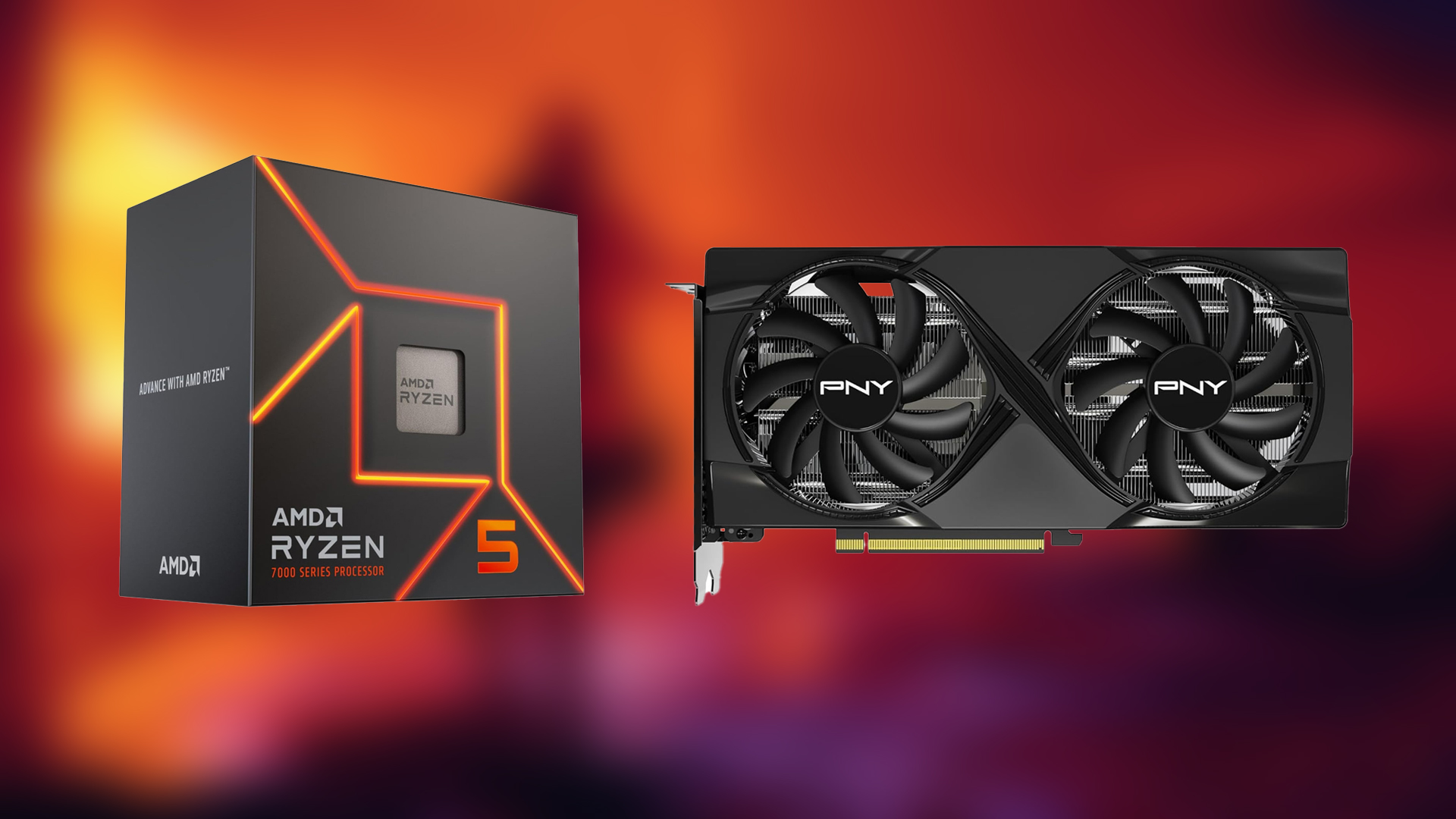Nintendo confirms Switch 2 Joy-Cons won’t use Hall sensors, raising concerns that stick drift may return in the next-gen console.
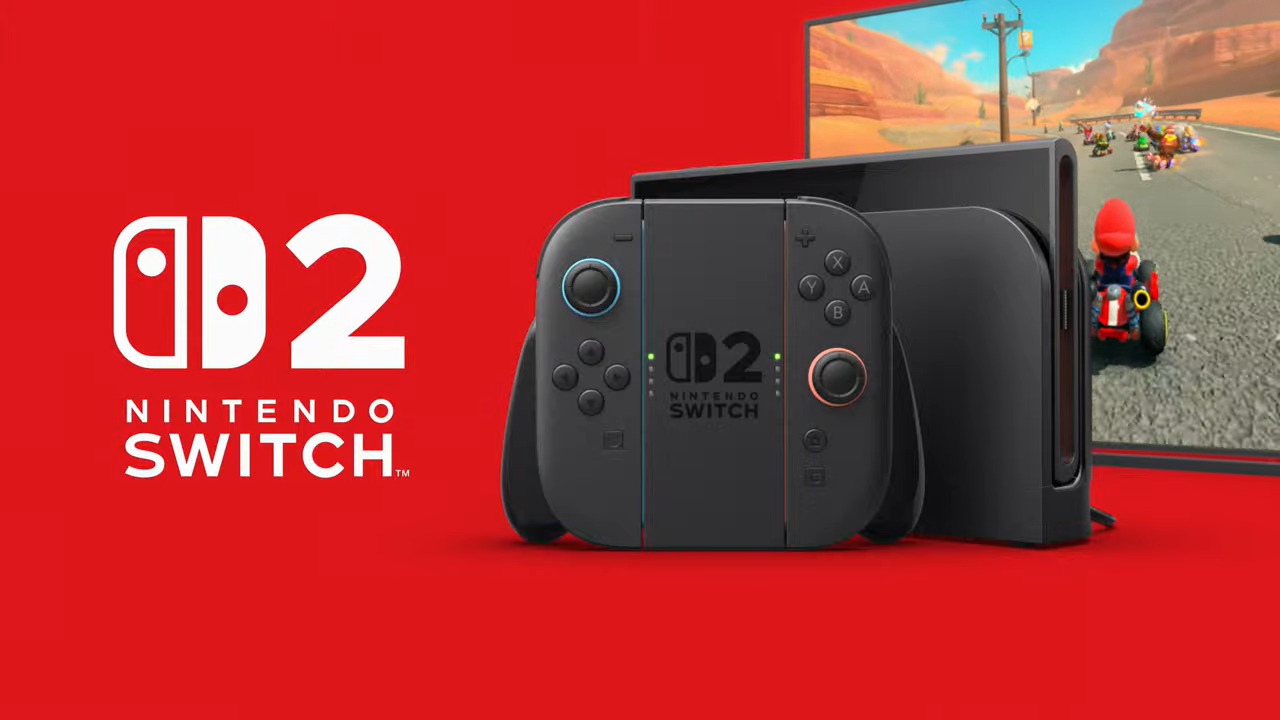
For many Nintendo fans, the launch of the Switch 2 is something to look forward to, with new features, updated hardware, and hopefully, solutions to old problems. However, with a recent confirmation from Nintendo that the new Joy-Con controllers will not include Hall effect sensors, one age-old issue might be sticking around: the infamous stick drift. This confirmation has created concern that the Nintendo Joy-Con stick drift could become a talking point again.
What Is Stick Drift and Why the Nintendo Switch 2 Could Still Be Affected

Stick drift occurs when a controller’s analog stick begins to register movement without any physical input from the user. This phantom input can make characters move on their own, disrupt gameplay precision, and, in competitive settings, it can ruin entire matches. It affects the overall gaming experience, and by no means is it an inconvenience that you can live with.
Stick drift became a persistent problem for many Switch owners, leading to controller replacements, third-party fixes, and even class-action lawsuits. It was a blemish on the otherwise strong reception of the Switch hardware, and many expected that Nintendo would try to avoid repeating the issue with the current gen handheld.
Nintendo Confirms No Hall Sensors in the New Joy-Cons
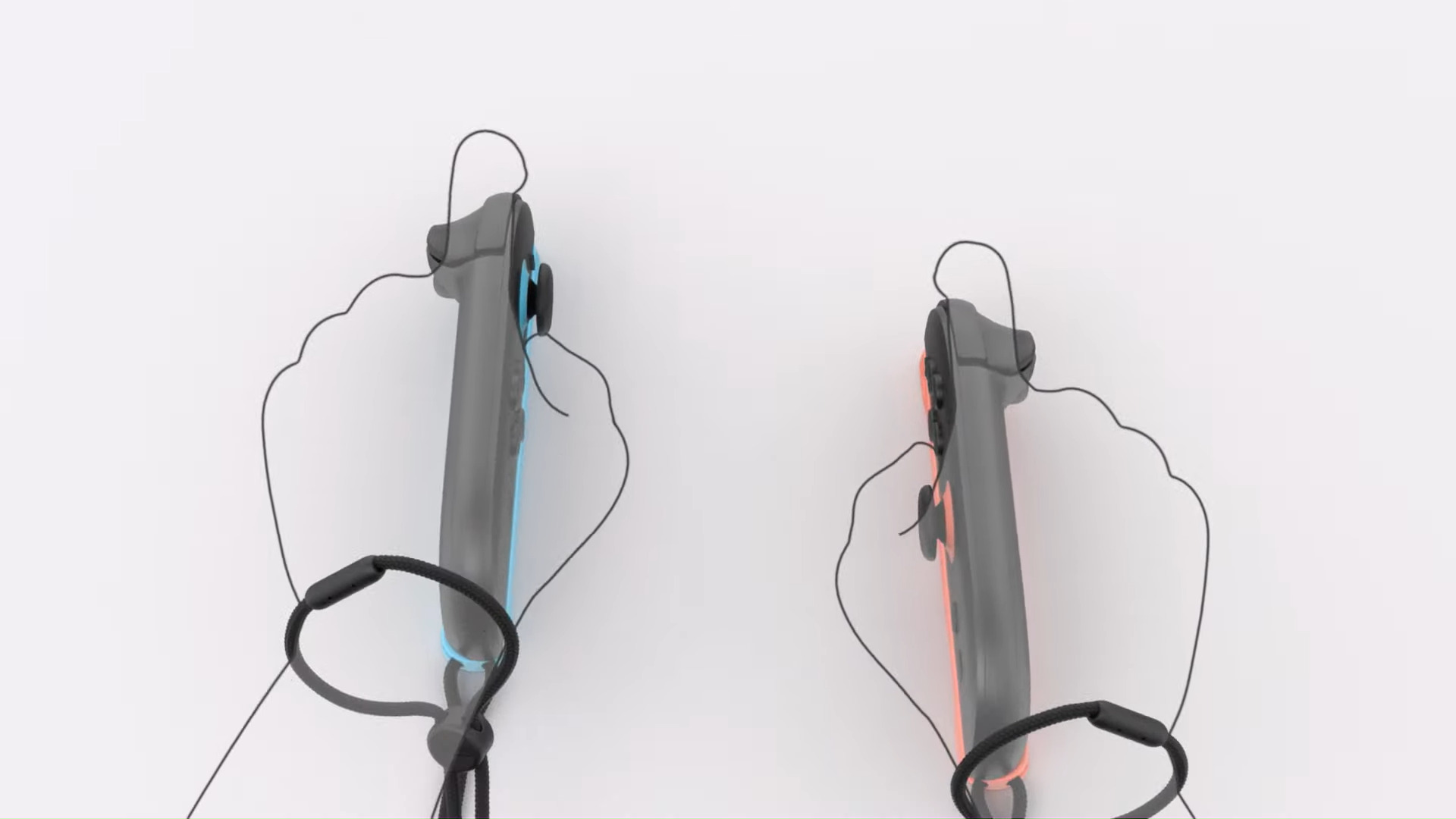
During a recent interview with Nintendo Life, Nate Bihldorff from Nintendo of America confirmed that the new Switch 2 Joy-Cons will not use Hall effect sensors, which is a tried and tested mechanism known for its resistance to stick drift. While the company says the Joy-Cons have been redesigned with durability in mind and claim improvements to the analog sticks, it did not elaborate on what internal changes were made.
This lack of transparency on the part of Nintendo is raising eyebrows. Without the adoption of newer technologies like Hall sensors, many believe that Nintendo is simply reworking an old formula rather than overhauling it entirely. Considering the long history of Nintendo Switch stick drift concerns, that’s not exactly reassuring.
Why Hall Effect Sensors Could Have Prevented Stick Drift in Switch 2
Here we go!!!GuliKit Hall Joystick for Switch JOY CON. Game with NO drift! #Nintendoswitch #joycondrift #GuliKit https://t.co/z8cIBMMZnN pic.twitter.com/r08i3StoL9
— GuliKit (@GuliKitDesign) January 19, 2023
Hall effect sensors use magnetic fields to measure movement instead of relying on physical contact between components. Near the base of the controller stick, a small magnet is placed. This magnet is held over a Hall sensor chip. As the stick moves, the magnet shifts, changing the magnetic field around the sensor. The chip then translates those magnetic field variations into positional data.
Because the components never touch each other directly, there’s no friction or physical degradation, which are two of the main causes of traditional stick drift. This increases the lifespan of the controller and also ensures more consistent performance over time. Many third-party manufacturers, like GuliKit, have adopted this approach and received positive feedback for its reliability. In contrast, traditional potentiometer-based sticks wear down with use, leading to inaccuracies and eventual drift.
What Does the Risk of Stick Drift Mean for Nintendo Switch 2 Longevity
If stick drift does actually occur in the Switch 2 era, Nintendo may face renewed criticism, and that might open up the floor for a fresh round of lawsuits. It would also create a market space for third-party accessory makers to fill the void with Hall sensor-equipped alternatives. The bigger question, however, is whether Nintendo will take responsibility if issues arise, with revised editions and better warranty policies, or if it will stick with its current stance.
In the long term, controller quality is a make-or-break factor for console satisfaction. Whether for casual story mode gaming or heated esports face-offs, gamers need responsive, durable hardware. The Switch 2 will need to prove that its new Joy-Con redesign is more than just a surface-level gimmick.
Looking For More Related to Tech?
We provide the latest news and “How To’s” for Tech content. Meanwhile, you can check out the following articles related to PC GPUs, CPU and GPU comparisons, mobile phones, and more:
- 5 Best Air Coolers for CPUs in 2025
- ASUS TUF Gaming F16 Release Date, Specifications, Price, and More
- iPhone 16e vs iPhone SE (3rd Gen): Which One To Buy in 2025?
- Powerbeats Pro 2 vs AirPods Pro 2: Which One To Get in 2025
- RTX 5070 Ti vs. RTX 4070 Super: Specs, Price and More Compared
- Windows 11: How To Disable Lock Screen Widgets
 Reddit
Reddit
 Email
Email
